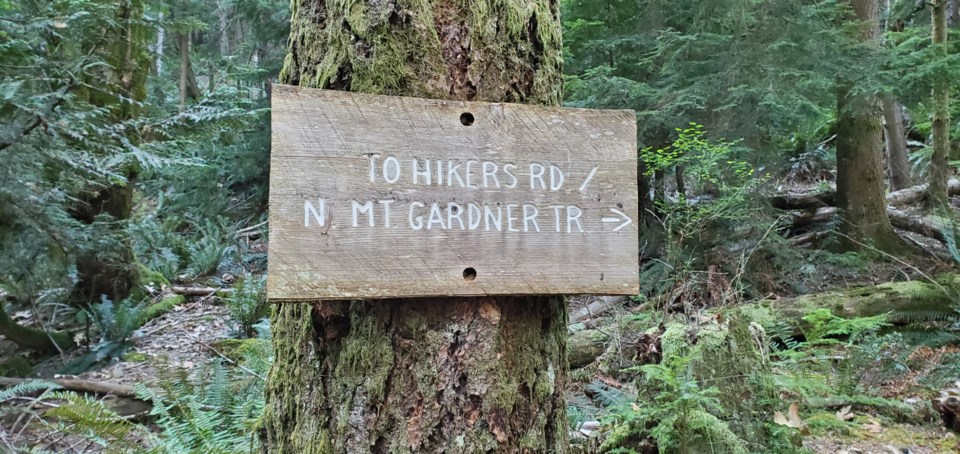Any hope that a decision on the future of motorized vehicles on Mount Gardner might come this year – or anytime soon for that matter – has been firmly put to rest.
The process has ground to a halt over the necessary step of performing an archaeological assessment of the mountain. During a presentation to council in June, land and resource specialist Brian Mitchell with Recreation Sites and Trails BC (RSTBC) said his provincial organization did not have the resources to conduct the work, which usually takes around four to five months. Mitchell added he was unsure when this would change.
An email update from Mitchell to the municipality last month showed that five months later, nothing has changed.
“RSTBC continues to lack the resources needed to complete an Archaeology Overview Assessment and Preliminary Field Reconnaissance of the recreation site. Archaeological work is necessary to gain information on the impacts of current recreation use (motorized and non-motorized) on these important cultural values,” wrote Mitchell.
“Without the required Archaeological work, RSTBC is unable to finish the phase 1 summary, or commence collaborative discussions with local First Nation Governments to develop mitigations to prevent degradation to these values. These discussions are essential to inform phase 2 and 3 of the VUMF (Visitor Use Management Framework),” added Mitchell.
The VUMF is the information gathering process RSTBC is using to make a recommendation to the Ministry of Forests, who will make a final decision on the matter since Mount Gardner is Crown Land. Results could range from full access of motorized vehicles to mountain trails (minus Gardner’s summit, which has already been declared off-limits), to a full ban, or a mix where such vehicles would be allowed on designated trails.
Aside from the summit, there’s currently nothing prohibiting motorized vehicles on the mountain trails. Bowen’s prior council had expressed their desire for a full ban on Mount Gardner’s slopes on multiple occasions, both in written form and discussion with Mitchell during his appearance before council.
Chief administrative officer Liam Edwards told council during their Dec. 12 meeting that he also spoke to RSTBC following Mitchell’s email, and “the response back was that they simply don’t have the resources available at this time to complete the necessary work.”
Edwards explained that in this case, ‘resources’ means money. “They usually outsource that to a consultant. They got three bids but they don’t have the funds necessary.”
It's unclear when RSTBC's financial position may improve enough to allow them to perform the work.
The CAO added that RSTBC asked if the municipality could pay for the archaeological assessment, but pointed out they don’t have the money either, leaving the project at a standstill.
RSTBC also asked Squamish Nation if they’d be comfortable advancing the project without conducting the field work, but representatives said they’d like the work to be completed.



